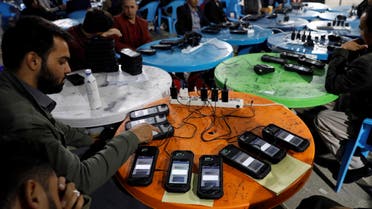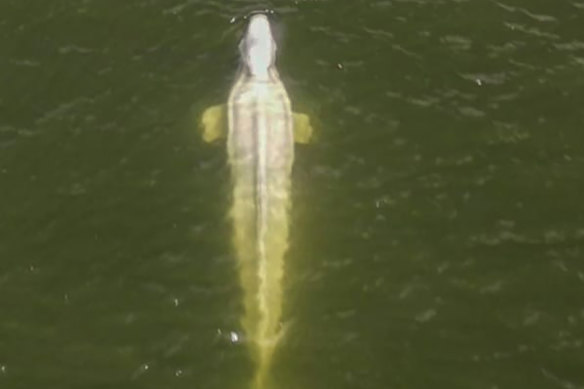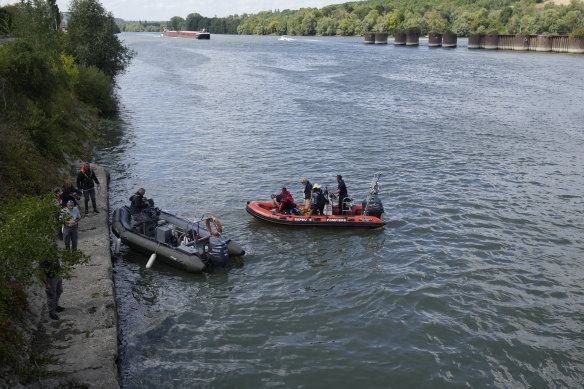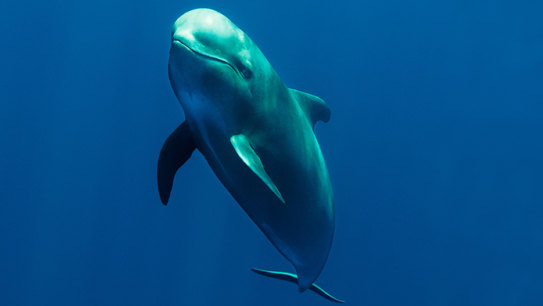The McAfee Corp's report found the number of Indian children reported to have cyberbullied someone is also twice the international average.
SUKRITI VATS
8 August, 2022

New Delhi: Around 85 per cent children in India have reported being cyberbullied and it is the highest in the world, according to a new survey released by global computer security firm McAfee Corp Monday.
Titled ‘Cyberbullying in Plain Sight’, the report is based on a 10-country survey to uncover new and “consequential trends” regarding cyberbullying.
The survey also noted that the number of Indian children reported to have cyberbullied someone is also twice the international average. Around 45 per cent children in India said they cyberbullied a stranger, compared to 17 per cent worldwide and 48 per cent said they cyberbullied someone they know, versus 21 per cent of kids in other countries.
The top three forms of cyberbullying reported in India were spreading false rumours (39 per cent), being excluded from groups or conversations (35 per cent) and name calling (34 per cent).
The survey was conducted from 15 June to 5 July by market research company MSI-ACI for McAfee Corp via emails that invited parents of children aged 10 to 18 years to complete an online questionnaire. It surveyed a total of 11,687 parents and their children from 10 countries, including the United States, United Kingdom, France, Germany, Australia, India, Canada, Japan, Brazil, and Mexico.
The survey also said Indian children faced the highest number of “extreme forms of cyberbullying” in the world that includes cases of racism, sexual harassment, and threats of physical harm.
Around 42 per cent of children in India have been the target of racist cyberbullying, which is 14 per cent higher than the rest of the world (at 28 per cent). As many as 36 per cent Indian children reported being trolled, 29 per cent said they faced personal attacks, 30 per cent suffered sexual harassment, 28 per cent had threats of personal harm and 23 per cent suffered doxing. All of these forms of cyberbullying, the survey noted, stood at double the global average.
“Cyberbullying in India reaches alarming highs as more than 1 in 3 kids face cyber racism, sexual harassment, and threats of physical harm as early as at the age of 10 – making India the #1 nation for reported cyberbullying in the world,” said Gagan Singh, chief product officer at McAfee Corp.
‘Girls aged 10-16 years most vulnerable’
The survey also found that girls aged between 10 and 16 years were the most vulnerable online, with rates of sexual harrasment and threats of personal harm ranging between 32-34 per cents — higher than the global average.
The study had surveyed 14 social media platforms, ranging from Snapchat and Facebook to Instagram. Indian children, it found, reported experiencing cyberbullying up to 1.5 times more than kids in other countries in the online platforms.
The survey also noted that 45 per cent Indian children hid their cyberbullying experiences from parents, well below the global average of 64 per cent “perhaps due to the relative absence of conversation” around the issue.
Singh said Indian parents displayed “important gaps of knowledge around cyberbullying but even more concerning, children aren’t considering behaviors like jokes and name-calling harmful online”.
In the absence of conversation and support, the survey said that Indian children were addressing cyberbullying themselves. Nearly three out of five (58 per cent) children said they deleted their social media accounts to avoid cyberbullying and 87 per cent said they talked to their friends about it.
Also read: Indian children rank best in coping with online risks, finds survey
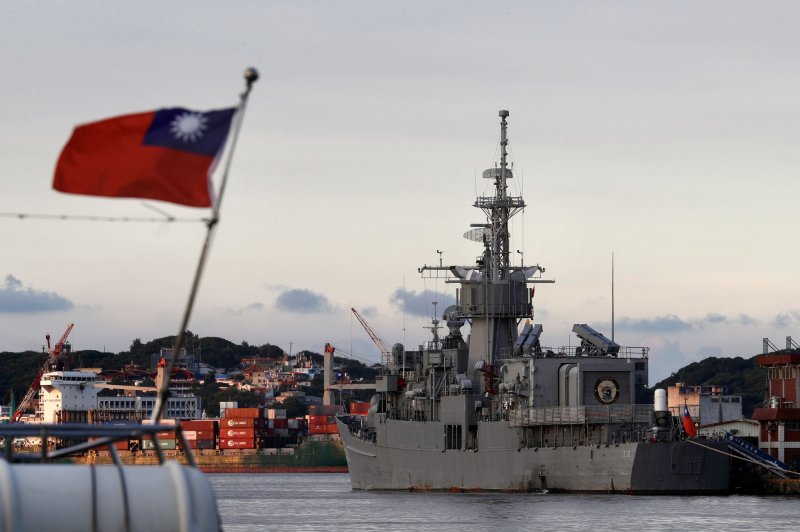

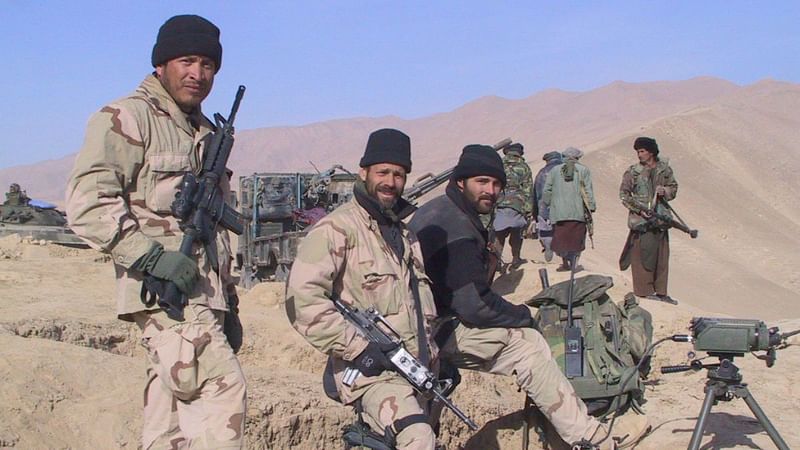 US Special Forces and NATO troops in Afghanistan | Representational image | Commons
US Special Forces and NATO troops in Afghanistan | Representational image | Commons

